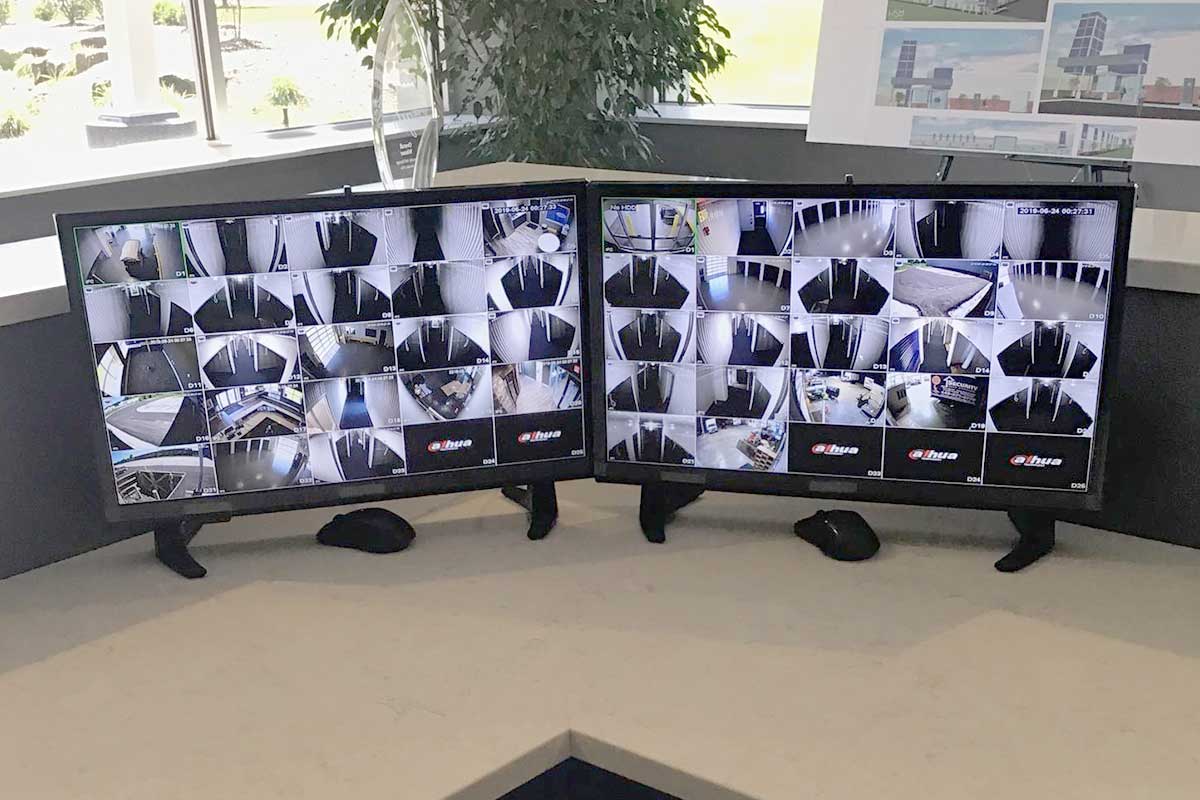In our daily encounters with businesses across the East and Southeast regions of the U.S., we run across all sorts of circumstances where business owners will casually share their mindset with us stating things such as “well I have cameras at my business but they don’t really work all that well, and they are not really functional.”
Video cameras should reduce theft and give you greater peace of mind – period.
No matter how many times we hear statements similar to this, we continue to be surprised. The most disappointing fact about this generalization is that it is a byproduct of how poorly the access control and video surveillance industry generally treats its customers. In our 20 plus years of operation, we have come to the conclusion that many of our counterparts simply do not take the time to find out two basic yet essential facts:
- What does the client actually want to be covered or protected?
- What is that client’s true pain points that need attention?
Security camera not doing its job? Well, let’s fix it…
I recently walked a self-storage facility with the manager, it was an existing facility. When we walked to the back of the site, the manager told me that they had a lot of problems with this one particular camera. The camera in question was a standard dome surveillance camera with no night vision capabilities. This camera was pointed towards a shared wall with an apartment complex on the other side. This made it tricky because after the self-storage facility was originally built (to include the original surveillance system), a different company came in and installed supplemental security lighting that dramatically changed the lighting conditions at night. The new lighting installed in that area brightly lit ¾ of the area that the camera had originally covered and left the other ¼ in the pitch dark. That washed out the picture so bad at night that the original camera couldn’t provide a quality image capture anymore.
Conditions evolve, so should your installed surveillance camera technologies.
I explained to the manager that if we replaced the existing dome surveillance camera, with a new dome camera that had WDR features, (Wide Dynamic Range), the new camera could easily adjust itself to the different lighting conditions. This would fix the poor picture quality and make the camera once again usable to them. He agreed to move forward.
After completing the new WDR camera install, we improved the picture quality so much so that it enabled us to also turn that “previously underperforming” camera into an auto-alert system for the site manager. We added additional programming to their existing DVR so this new camera would detect motion during nighttime hours on that specific surveillance camera. When a motion was detected after-hours, the DVR instantly sent a picture to the on-site facility manager. This is a prime example of what started out as a non-functional camera for a client – ended up delivering an enhanced properly functioning surveillance system.
License plate reader systems aren’t just for big-budget businesses anymore.
Another useful security function that we install frequently with commercial surveillance systems is LPR, (License Plate Reader systems.) 5 years ago LPR systems were completely unaffordable for the average small business owner to integrate into their surveillance systems. However, with today’s rapidly advancing technology, the prices have fallen tremendously and the technology itself has improved greatly.
What makes an LPR surveillance camera different from a typical surveillance camera is the way that the picture and infrared lights are tuned. The first thing you will notice when you look at the picture captured with an LPR camera is that it is so dark it is almost black. This is programmed purposely in order to eliminate glares that would come from pointing infrared lights at a reflective surface such as a license plate. With this unique calibration set up, an LPR camera makes everything except the license plate virtually un-viewable.
